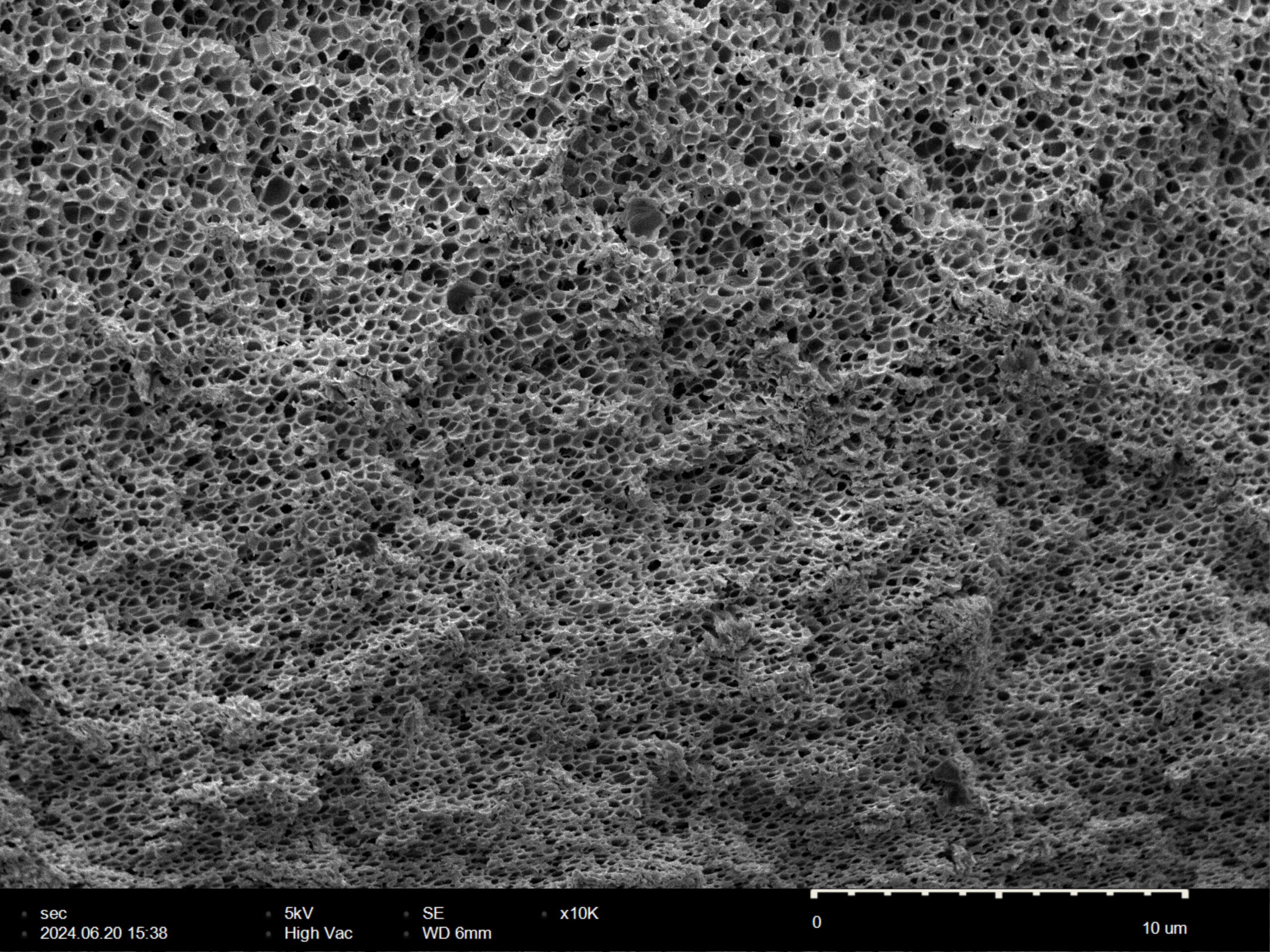Polymer Research

Polymer Research:How Integrated Raman Spectroscopy Revolutionizes Tabletop SEM Analysis
Understanding the Power of Combined Analytical Techniques
In the dynamic world of polymer research and development, the ability to comprehensively characterize materials at multiple levels is crucial. The integration of Raman spectroscopy with the SNE-Alpha Tabletop SEM and EDS capabilities creates a powerful analytical platform that transforms how researchers approach polymer analysis.
The Challenge of Modern Polymer Analysis
Polymer scientists face increasingly complex challenges in material development:
- Understanding structure-property relationships
- Identifying chemical compositions
- Analyzing morphological characteristics
- Investigating failure mechanisms
- Developing new material formulations
Traditional analytical approaches often require multiple instruments and time-consuming sample preparation. The integrated Raman-SEM-EDS solution addresses these challenges head-on.
Raman Spectroscopy: A Game-Changer in Polymer Analysis
Why Raman Matters
Raman spectroscopy provides unique insights into polymer structure and composition:
- Molecular vibration analysis
- Chemical bond identification
- Crystallinity assessment
- Phase distribution mapping
- Non-destructive analysis
The Raman Advantage
When integrated with SEM and EDS, Raman spectroscopy offers:
- Chemical fingerprinting
- Structural characterization
- Phase identification
- Distribution mapping
- Cross-sectional analysis
The SNE-Alpha Integration Advantage
Seamless Analysis Workflow
The integrated system enables:
- High-resolution imaging
- Elemental analysis
- Chemical characterization
- Correlative microscopy
- Multi-modal mapping
Cost-Effective Solution
The combined platform provides:
- Reduced capital investment
- Lower maintenance costs
- Improved workflow efficiency
- Enhanced research capabilities
- Maximized instrument utilization
Applications in Polymer Research
Structural Analysis
Morphological Studies
- Surface topography
- Phase separation
- Crystal structure
- Domain organization
- Interface characteristics
Chemical Mapping
- Component distribution
- Blend uniformity
- Additive localization
- Cross-linking density
- Degradation assessment
Quality Control
Material Verification
- Composition analysis
- Contaminant identification
- Blend ratios
- Additive content
- Processing effects
Failure Analysis
- Defect characterization
- Degradation mechanisms
- Surface modifications
- Environmental effects
- Stress-induced changes
Practical Benefits for Polymer R&D
Time Efficiency
The integrated system streamlines research by:
- Reducing sample preparation time
- Enabling sequential analysis
- Providing rapid results
- Simplifying workflow
- Increasing throughput
Data Quality
Enhanced analytical capabilities deliver:
- Comprehensive characterization
- Correlative information
- Higher accuracy
- Better reproducibility
- Detailed documentation
Real-World Applications
Polymer Blends
The system excels in analyzing:
- Phase separation
- Component distribution
- Interface characteristics
- Mixing efficiency
- Compatibility assessment
Composite Materials
Critical insights into:
- Fiber distribution
- Matrix-filler interaction
- Interface properties
- Dispersion quality
- Failure mechanisms
Surface Modifications
Detailed analysis of:
- Coating uniformity
- Treatment effectiveness
- Surface chemistry
- Degradation patterns
- Functionalization success
Technical Advantages
Raman Capabilities
The integrated Raman system provides:
- High spatial resolution
- Chemical specificity
- Non-destructive analysis
- Real-time measurements
- Mapping capabilities
SEM Features
The SNE-Alpha delivers:
- High-resolution imaging
- Variable pressure operation
- Large sample chamber
- Easy sample navigation
- User-friendly interface
EDS Integration
Enhanced elemental analysis through:
- Rapid identification
- Quantitative analysis
- Distribution mapping
- Light element detection
- Composition profiling
Cost-Benefit Analysis
Investment Value
The integrated system offers:
- Reduced initial investment
- Lower operating costs
- Minimized maintenance
- Space optimization
- Improved ROI
Operational Benefits
Users experience:
- Simplified workflow
- Reduced training needs
- Increased productivity
- Better resource utilization
- Enhanced capabilities
Future Perspectives
Research Innovation
The system enables:
- Advanced material development
- Novel characterization methods
- Process optimization
- Quality improvement
- Faster problem-solving
Industry Impact
Benefits extend to:
- Product development
- Quality control
- Failure analysis
- Process optimization
- Research acceleration
Conclusion: Advancing Polymer Science
The integration of Raman spectroscopy with the SNE-Alpha SEM/EDS system represents a significant advance in polymer research capabilities. This powerful combination provides researchers with comprehensive analytical tools while offering cost-effective solutions for modern materials science challenges.
Key Takeaways
- Comprehensive chemical and structural analysis
- Cost-effective research solution
- Enhanced workflow efficiency
- Improved data quality
- Future-ready capabilities
- Customizable to fit any application
The SNE-Alpha with integrated Raman and EDS capabilities stands as a testament to the evolution of analytical instrumentation, providing polymer scientists with the tools they need to drive innovation and discovery in their field.
Keywords: Raman spectroscopy, polymer analysis, SEM-EDS, materials characterization, analytical techniques, polymer research, integrated microscopy
